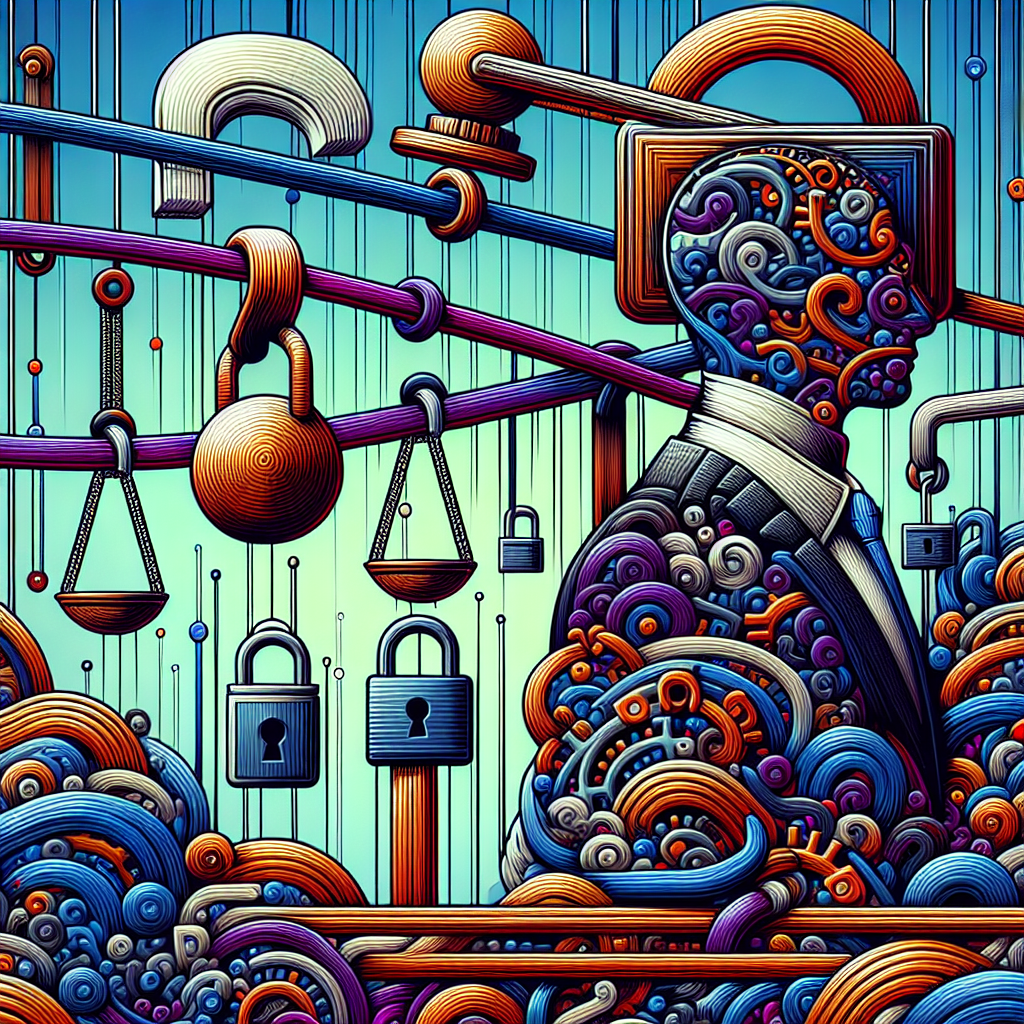Tag: Centralization
In a world where technology continues its relentless march towards centralization, privacy is becoming more critical than ever. ...
In the world of digital assets, Bitcoin has led the way for years, offering decentralized solutions for monetary ...





